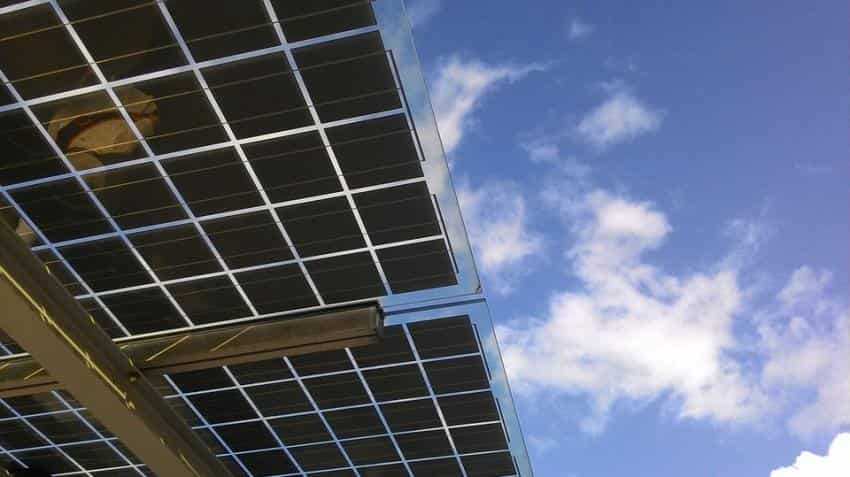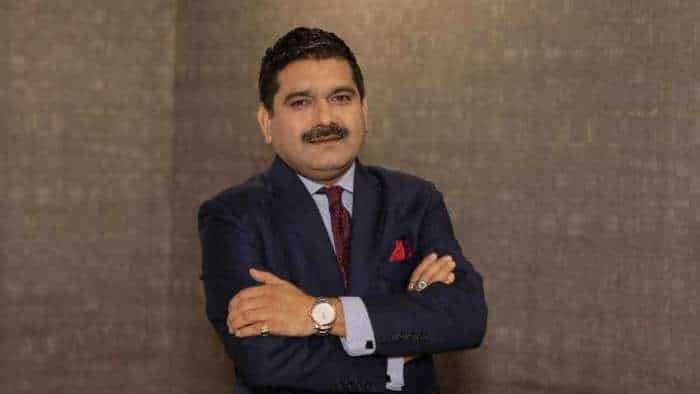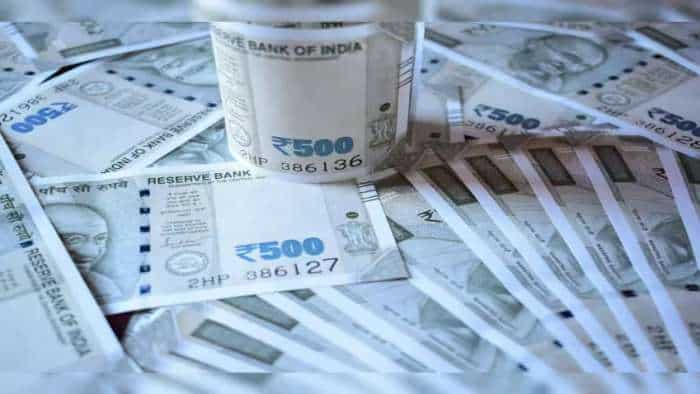Power sector may cause further stress for banks
Demand for power sector is seen tepid for five fiscal years. Analysts expect that stress assets can further arise from this sector and make banks cautious in lending.

Key Highlights:
- Power sector exposure is seen at Rs 2.3 lakh crore implying a 35% of banks stress level
- Demand for power is estimated to remain tepid at ~6% over FY18-22
- Debt service obligation of power sector will suffer
Problem with power sector just does not seems to go away, creating further stress for banks as they turn cautious on lending.
In Crisil's view a large proportion of coal-based power generation capacities in the private sector have become stressed due to multiple factors.
About 21 GW (gigawatt) of commissioned private sector coal based capacities as of August 2017 - were seen under stress for for lack of long-term power purchase agreements (PPAs) due to poor/no offtake.
Additionaly, a large number of plants adding up to ~35 GW capacity – are smarting due to issues like lack of fuel supply agreement or coal linkage, unviable tariffs due to increase in cost of imported coal, project cost overrun due to delay in commissioning, and high receivables due to weak financial condition of procurers (state power distribution companies or discoms).
This is expected to remain in pressure for a long time despite various measures from the government.
Prasad Koparkar, Senior Director, CRISIL Research, “Getting Discoms to sign new long-term PPAs that ensure stable offtake is going to be challenging."
Koparkar added, "Adequate quantum of power tied-up under already signed PPAs, expected tepid power demand growth, likely migration of high tariff paying industrial and commercial consumers to open access and availability of low-priced power in short-term market would imply few new PPAs in the near term."
Furthermore, Crisil believes that the government’s SHAKTI and UDAY schemes are expected to alleviate stress related to fuel supply and delayed payments, finding offtake will be a huge challenge.
Earlier CRISIL had mentioned that there has been aggressive bidding for renewable energy capacities which has appeared to have started recoiling on the industry at large as distribution companies (discoms) call for renegotiation of the PPAs that they signed in recent years at higher tariffs.
This aggressive bidding is expected to put investment worth Rs 48,000 crore at risk.
While at an all India level, demand for power is estimated to remain tepid at ~6% over FY18-22 owing to reducing electricity intensity in GDP, rising efficiency and reducing technical losses.
Taken together, all this means this sectors debt service obligation will suffer, and thereby impact lenders.
Rahul Prithiani, Director, CRISIL said, “Buyers are not showing interest in acquiring stressed assets due to the absence of firm power offtake agreements. Thus, very deep haircut or write-down may be required, for such assets to become viable. Consequently, we believe consolidation in the sector will be slow”.
Five sectors alone account for 60% of the total stressed assets on the books of banks in India. These sectors are steel, power, telecom, infrastructure and textile.
Till June 2017, it was known that power sector exposure is expected to be at Rs 2.3 lakh crore implying a 35% of stress level.
On year-on-year (YoY) basis, banks have seen a sharp rise of 34.17% to Rs 8,29,335 crore in non-performing assets (NPA) compared to Rs 6,18,109 crore in the corresponding period of the previous year.
Get Latest Business News, Stock Market Updates and Videos; Check your tax outgo through Income Tax Calculator and save money through our Personal Finance coverage. Check Business Breaking News Live on Zee Business Twitter and Facebook. Subscribe on YouTube.
RECOMMENDED STORIES

SBI Guaranteed Return Scheme: Know how much maturity amount you will get on Rs 2 lakh, 3 lakh, and Rs 4 lakh investments under Amrit Vrishti FD scheme

SBI 400-day FD vs Bank of India 400-day FD: Where will investors get higher returns on investments of Rs 4,54,545 and Rs 6,56,565?

SBI Green Rupee Deposit 2222 Days vs Canara Bank Green Deposit 2222 Days FD: What Rs 7 lakh and Rs 15 lakh investments will give to general and senior citizens; know here

Top 7 Sectoral Mutual Funds With Best SIP Returns in 1 Year: No. 1 scheme has converted Rs 34,567 monthly SIP investment into Rs 5,40,565; know about others

Highest Senior Citizen FD rates: See what major banks like SBI, PNB, Canara Bank, HDFC Bank, BoB and ICICI Bank are providing on special fixed deposits
04:35 PM IST









 Tata Power-DDL, Nissin Electric working on micro substation with power voltage transformer project
Tata Power-DDL, Nissin Electric working on micro substation with power voltage transformer project  As India prepares for summer season, Centre announces sale of power surplus on Energy Exchange, other steps to prevent power cuts
As India prepares for summer season, Centre announces sale of power surplus on Energy Exchange, other steps to prevent power cuts World Bank approves loan of $200 million to Himachal for power reforms
World Bank approves loan of $200 million to Himachal for power reforms Rs 1.4 lakh crore incentive available for States for power sector reforms in 2023-24: Finance Ministry
Rs 1.4 lakh crore incentive available for States for power sector reforms in 2023-24: Finance Ministry Coal India ready to meet dry fuel demand from power sector
Coal India ready to meet dry fuel demand from power sector